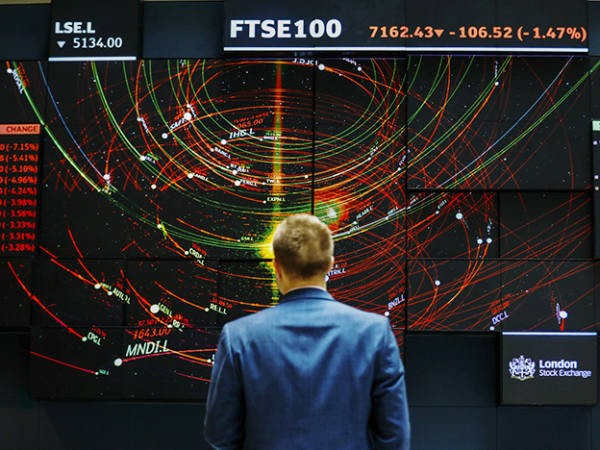The world’s first exchange-traded product (ETP) backed directly by carbon allowances in the European Union’s Emissions Trading Scheme has begun trading on the London Stock Exchange, giving retail shareholders an opportunity to bet on the price of carbon.
Specialist exchange traded funds (ETF) provider HANetf said the SparkChange Physical Carbon EUA ETC (CO2) would also make life tougher for heavy polluters by competing for European Union Allowances (EUA). These allow companies to emit one tonne of CO2.
Retail investors have had little choice in the way they could access carbon allowances, a key tool in plans to drive down emissions of greenhouse gases. In practical terms, the cost and paperwork of directly accessing the EU’s trading system was prohibitive, as was buying carbon futures via London’s ICE commodities exchange.
Only in August did another ETF provider, WisdomTree, launch WisdomTree Carbon (CARP), a carbon-tracking ETP for private investors that is eligible for self-invested pension plans (Sipps) and for individual savings accounts (Isas). However, the WisdomTree product uses so-called ‘synthetic replication’ to track the price of carbon allowances. In contrast, the SparkChange ETP, which is also Sipp and Isa-eligible, uses physical replication. This means its fund will buy and hold allowances issued under the EU’s scheme.
Physical replication should overcome the main shortcomings of synthetic replication. With synthetic ETPs, a products provider uses a swap deal with a counterparty who commits to provide the gains and losses that come from tracking an appropriate index; in the case of WisdomTree Carbon, the index reflects the movements of carbon-emissions futures traded on ICE. However, the risk is that a counterparty may default on its obligations.
Meanwhile, the other drawback of synthetic replication is that of so-called ‘contango’, where the cost of buying new futures contracts is more than the amount received from selling old contracts. The result is a loss to investors.
HANetf said the drag on performance in the EU’s emissions’ market has been in the range of 0.5 to 1.3 percentage points a year – a heavy drag if compounded over several years. Since private investors should chiefly hold emissions allowances as a hedge against the rising costs of taking carbon emissions out of everyday life, the benefits of having a physical allowances fund could be significant.







